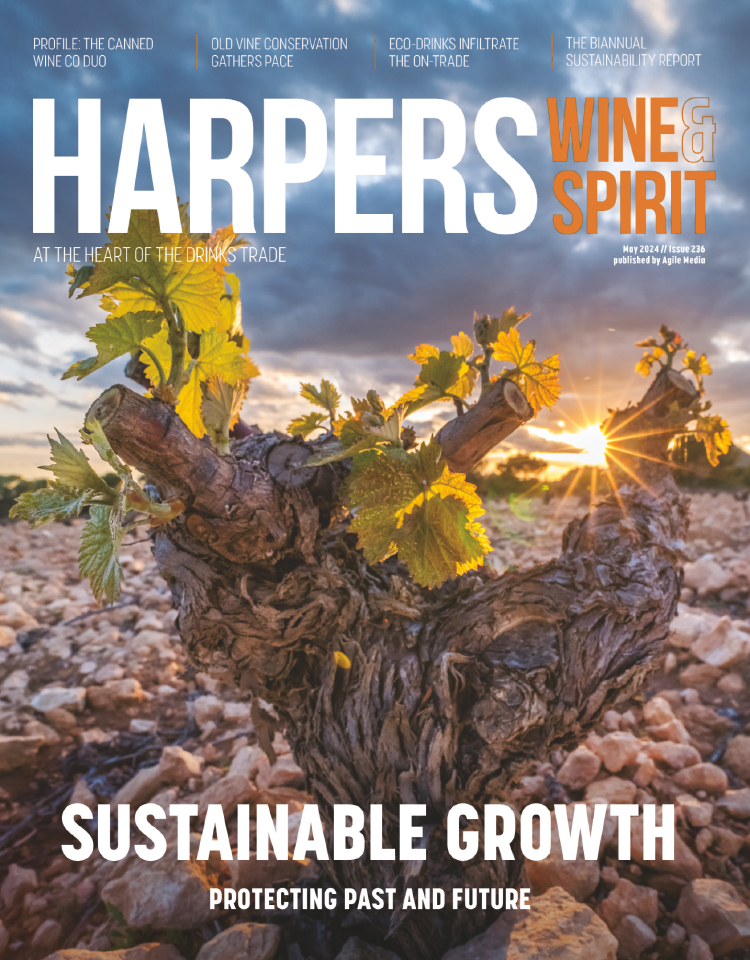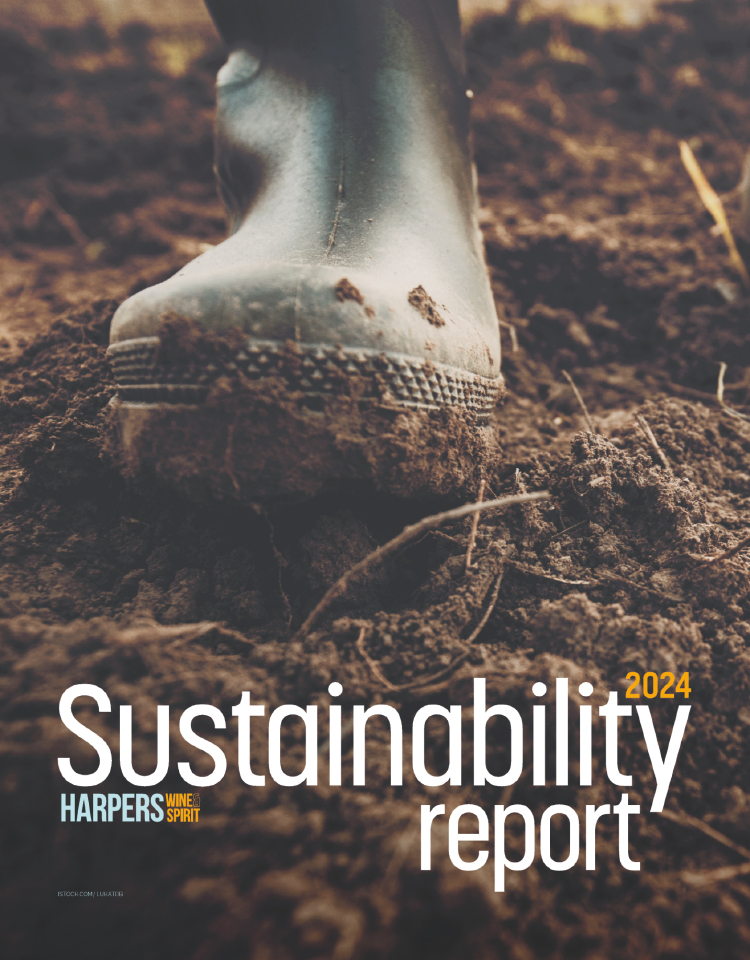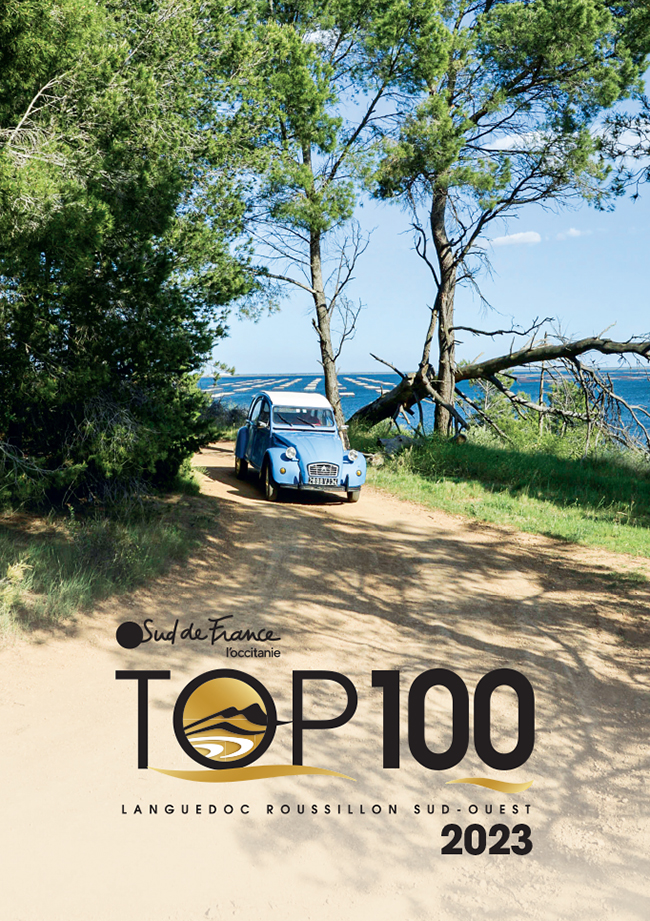
Segmentation aims to lift critically low grape prices for Cava
The Cava DO is pinning its hopes on the evolution of aged styles in international markets as a way of lifting the average price of its grapes, which now sits at around 30 cents per kilo – over twenty times less than the price of Champagne (€7 a kilo).
This was the main takeaway from last week’s Cava Meeting at Barcelona’s Espai de Transformació Creativa Casa Rius – a first-of-its-kind conference for the DO which brought together journalists and educators from the US to Japan.
Across two days, guests were treated to a panoply of top Cavas, which showed off the quality of this diverse wine. Today, production is largely focused on the Penedés region around the town of Sant Sadurní d'Anoia, now grouped together as the Comtats de Barcelona, but with around 5% made from another three pockets around Spain: Valle del Ebro, Vinedos de Almendralejo and Zona de Levante. Grapes span Macabeo (Viura), Xarel-lo, Parellada, Chardonnay, Subirat Parent (Malvasía in Rioja), red Garnacha, Trepat, Monastrell and Pinot Noir.
- Read more: Round table – In association with DO Penedes
Yet despite its obvious premium credentials, Cava continues to suffer from both an image and a production problem. Non-traditional method Prosecco currently pays €1 for its grapes, making Cava grape prices some of the lowest in the world. There is also mixed feedback around the price paid for grapes via the controversial Corpinnat designation, which claims to pay 80 cents a kilo.
Low grape prices have been made possible by economies of scale. But sustaining this even in the short-term is a major and pressing issue.
“It’s just not sustainable,” Pedro Ballesteros MW, the first Spanish master of wine, told Harpers.
“The growers make €10,000 a year as a second job and they’re doing it for heritage or emotional reasons. But the next generation won’t.”
However, there are signs things are changing. The aged wines were a hit at the conference, with styles such as the Mestres Mas Via Gran Reserva La Cavateca 2003 and Vins Familia Ferrer Can Sala 2013 more than proving their long-term pedigree while offering a point of difference to competitors in other sparkling categories.
Juvé & Camps, one of the leading names in the region, already devotes 75% of its production to Grand Reserva wines, while last week’s well-organised meeting very much made its case for how top-quality Cava might fetch the prices it deserves via four distinct segments, categorised by minimum ageing in bottle.
Sitting at the top is Cava de Guarda Superior de Paraje Calificado, which designates a specific area of quality production alongside other stipulations, including a maximum yield of 48 hls per ha and minimum bottle ageing of 36 months.
Last Monday (27 November), also witnessed the first ever meeting of all 15 Elaboradores Integrales or Integral Producers (pictured). This stamp of approval was created in 2020 to identify those wineries which carry out pressing and vinification entirely on the estate’s property and can be used in the categories of Guarda and Guarda Superior.
These wines, which offer ‘guaranteed traceability’ from being 100% estate-owned were shown via a tasting led by Ballesteros, with the 15 Integral Producers all represented: Agustí Torelló Mata, Alta Alella, Cava Avinyó, Blancher, Bodegas Escudero, Can Suriol, Celler Carles Andreu, Cava Gatell, Giró del Gorner, Juvé & Camps, Parató Vinícola, Parés Baltà, Torné & Bel, Vins El Cep and Vins Familia Ferrer.
“Cava’s grape prices are among the cheapest on earth,” Ballesteros told the audience. “This means no replacement or continuation by future generations… There is very little sugar in Cava, so it can afford to be bone dry. I think we’re realising that top Cavas need experienced ageing.”
The Cava DO is the second largest in Spain behind Rioja, occupying 38,000ha. A total of 70% of its total production is sold internationally, from around 350 cellars which span small family-run wineries to coops.
According to Javier Pagés, president of the Cava Regulatory Council, this mixed structure exemplifies Cava’s diverse philosophy.
“The criticism of Cava is that it has no identity and that it is all made in highly regulated wineries with large production. It’s not true…. We’re ambitious and we want to be up there with the very best,” he said.
Pagés went on to press that Cava is ideal for celebrating, while also being a perfect gastronomic partner.
“We must know how to communicate about Cava, and be prouder and more ambitious,” he concluded.







